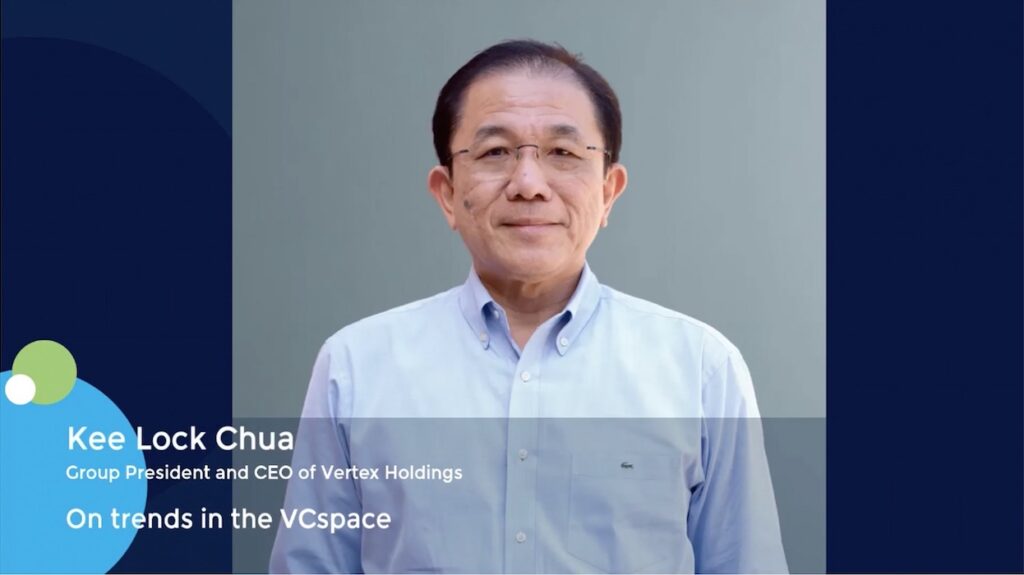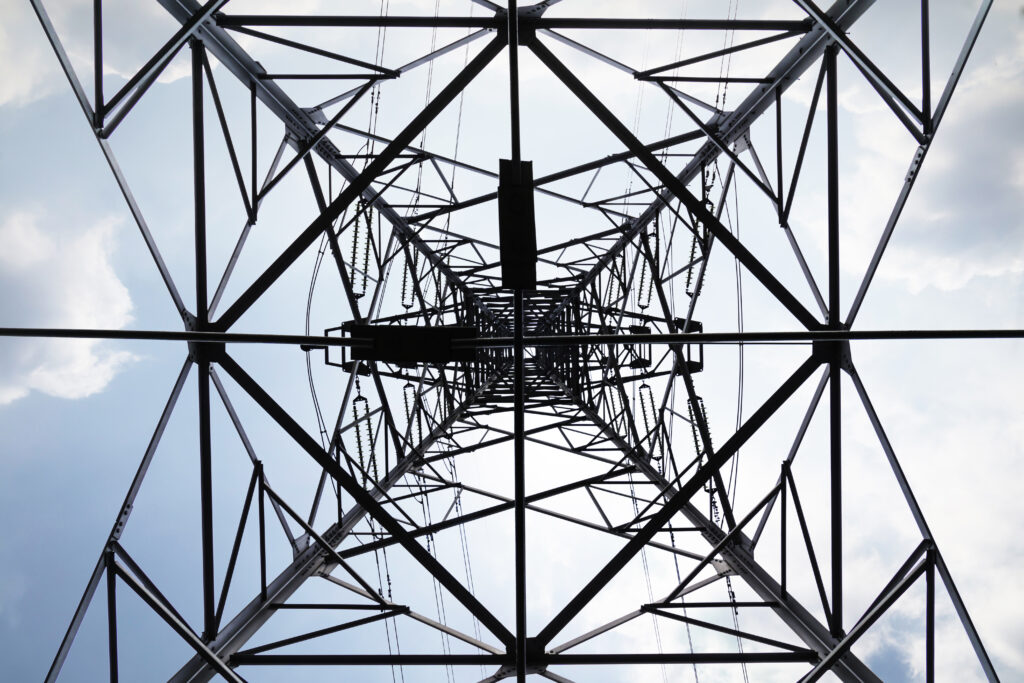Q&A: Climate Investment’s Josh Haacker on decarbonising the world’s dirtiest industries
UK and US-based Climate Investment was formed in 2017 by the Oil and Gas Climate Initiative (OGCI), a group of 12 of the largest oil and gas companies globally, with a view to investing in climate and decarbonization technologies. OGCI provided USD 1.1bn for a debut fund in 2017. CIO Josh Haacker, previously of private equity firm US Renewables Group, joined the firm in 2021.
Q: How has your strategy evolved?
A: We started with what would now be called scope-one and scope-two emissions on behalf of the energy producers, which generally pointed us in the direction of methane missions and carbon capture. That quickly broadened into the entire value chain, or scope-three as we would call it now. The sectors are now beyond energy production – heavy transportation, supply chains and the built environment. You won’t hear us talk about renewable power or passenger EVs [electric vehicles] or even short duration battery solutions. All of that is important but it’s become mainstream, and we don’t bring much to the table other than cash. So, we try to focus on the 80% of global emissions that have received only 20% of the climate capital to date.
Q: Why is heavy industry undercapitalised?
A: There is an element of pull for B2C-type businesses, and that’s where the momentum builds early. Investors see this enormous market potential and some early momentum, and the momentum partially creates the success. We’ve seen that with solar and wind certainly, and I think we’re continuing to see it with EVs and the battery value chain. The carbon-intensive, energy intensive heavy industries we’re looking at haven’t attracted the capital they need to innovate, and they’re often accused of being slow and resistant to change. But the enabling technologies can be more capital efficient.
Q: How does that influence results in terms of impact?
A: We’re approaching the end of the investment period for our USD 1.1bn fund, and that has attracted or enabled about USD 3bn of total investment across a portfolio of 40 companies. That portfolio has delivered 95m tonnes of CO2 equivalent reduced over the time we’ve been invested. That’s equal to about 60 gigawatts of wind operating for a year. The cost to design, develop, and construct that wind installation is about USD 30bn, or about 10x the USD 3bn in our portfolio. Our impact outcomes are incredible by any measure. We delivered 38m tonnes of CO2 reduced in 2023.
Q: What’s your exposure to Asia currently?
A: Our portfolio companies are maturing and growing, and a good percentage of them are now active in Asia. For a handful of them, the largest part of their revenue comes from Asia. Others are working through channel partnerships and distribution partnerships here. We’ve just landed our first institutional LP in the region for a growth strategy we’re working on. [Development Bank of Japan is backing the growth fund, which has a hard cap of USD 750m] We also have an affiliated fund of about USD 170m with CNPC [China National Petroleum Corporation]. When our Catalyst Fund was formed with OGCI, rather than investing into the fund, CNPC committed their capital within China, so we created a Beijing-based GP. We play an LP role in that fund.
Q: What’s the plan for Asia?
A: We’re not fooling ourselves that we can stay focused on Europe and North America. We understand this is a global problem, so we’re looking at Asia as a set of markets where we hope we can bring some tools, techniques, and our methodology and investment model to bear to help enable some of the solutions. It’s an area of real interest and of real need in that respect, so we’re looking forward to spending more time here. We’re hearing from our Asian co-investors and strategic relationships about the types of solutions they’re seeing demand for, but we’ll be cautious, getting smarter before we deploy direct capital. I don’t think we’re far from that. We’re setting ourselves up for it in the near to medium term.
Q: USD 1.1bn is a sizeable fund for this category. How has that scale shaped your strategy?
A: That’s been very valuable to us over the years. We’ve learned that in many cases, the solutions for energy and industrial decarbonisation are not simply pureplay software, so sometimes it takes more capital, and when you’re selling to the big corporate entities which are typically risk-averse customers, it can take longer. We can say to entrepreneurs, ‘We’re here to participate in your Series A or B but we are going to make a significant reserve in anticipation of supporting you in each of your rounds as you go forward.’ We won’t commit to those rounds today, but we will have the capital to be there on that journey. That’s really helped us. It induces some confidence.
Q: What role does your LP base play in operations?
A: We’re an independent manager, but we spend a lot of time with them, listening to what their priorities are, the solutions they’re looking for, and the pain points as they relate to climate and decarbonisation. That informs the research that we do internally in screening and diligence. If one of our LPs is a customer, we ask them what they think. There’s no requirement, but we have the option to ask them for support in technical diligence. There are almost 200 examples of demonstrations, pilots and contracts between our LPs and the companies we’ve invested in. We’re proud of that number because there’s no obligation – we’re just finding solutions that are applicable to those businesses.
Q: Could you feasibly exit investments to LPs?
A: That’s possible but it has not been the case to date. It’s been a mix of private sales to other strategics that are active somewhere in the value chain of these technologies and, in one case, a PIPE investment we were able to sell in the market. We’re looking at all-time highs in terms of cash on the Fortune 500 balance sheets and a broad range of companies have underinvested in R&D and innovation internally. I think as we get some visibility globally on some of the macroeconomic and geopolitical issues, we’re both hopeful and optimistic you’re going to see a wave of acquisitions by heavy industry companies that are looking at the net zero commitments and other objectives they’ve set in the last few years.
[Editor’s Note: The first paragraph has been amended post-publication to note that Climate Investment was formed in 2017. The third answer has been updated to note that the Catalyst Fund is nearing the end of its investment period.]












